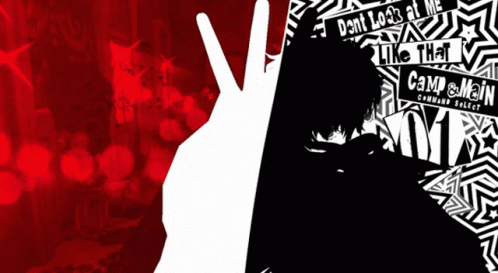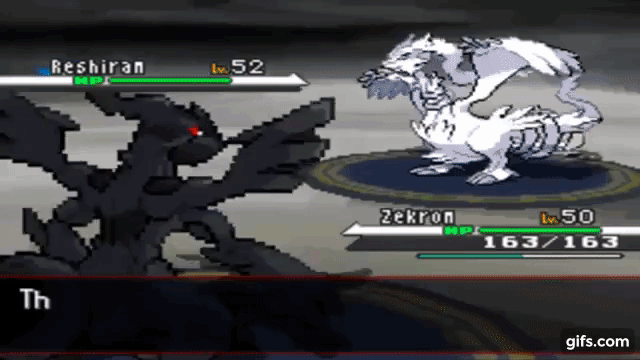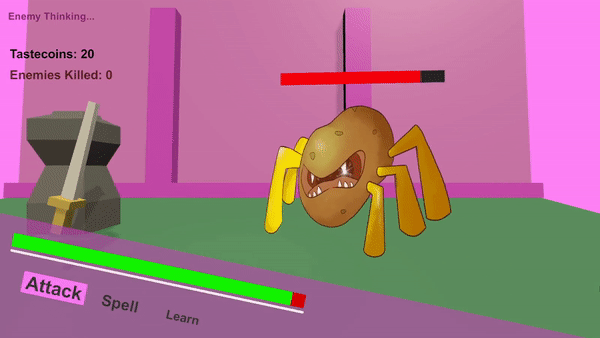
FOOD FIGHT!
ROLE
Lead Designer, Developer, Programmer, Art
DESCRIPTION
Play in the world of Flavoresque incarnate in this small JRPG-inspired combat game, where a small bishop must fight magical food monsters and learn how to survive on the spot!
YEAR
2021
GENRE
RPG
PLATFORM
PC
View the game
Design Process
The process of designing Food Fight! was an attempt at pushing the limits of my coding prowess at the time, while making a game I knew I could enjoy! Inspired by JRPG games, such as Dragon Quest and Xenoblade, I decided to test my knowledge of inheritance, state-machines, interfaces, and command stacks, while adding onto my already existing I.P. - Flavoresque.
Inspiration and Brainstorming
As I do whenever I design a game, my first step was deciding what I would do differently. I ask myself what I would like to keep from my inspiration, and what I want to innovate on. This was a small project that I only gave myself a couple weeks to do, so I had no time to make a giant exploration game; instead, my plan was to take one universal aspect from JRPGs and give it my own touch of personality. So, I focused in on RPG battle systems, wherein a player can have their character use physical attacks, special attacks, magic attacks, or flee. However, without an overworld I knew the game required no fleeing, or truly, movement of any kind.
Instead I decided early on that enemies would appear in front of
the player in an endless hoard of waves, which gives the game an
arcade-y feel as the overall goal is to survive as long as possible. In
the end, this would create a stark juxtaposition of pessimism
against the brightly colored background and goofy theme--a
game you can never win, but only improve at (there's a great
essay on this sort of "unwinnable" game by Shuen-shing Lee*
that influenced this thought process).
A Game Without Movement
Another issue arises from the fact that the main character does not move. How can a designer keep a game interesting when half of it depends on User Interface and interaction? How can a designer keep the audience's attention when half of their actions depend on button clicks?
For this, I looked at two games, themselves RPGs, that answered both my questions: the Persona series and the Pokémon series.

Adventure Bar Story - Rideon Inc

Persona 5 - Atlus, 2016

Pokémon White - Game Freak, 2010
I mention these two masterpieces of role-playing combat not to undermine my own merits, but to highlight what they do that breathes new life into a somewhat outdated form of play.
Persona and UI
The design team at Atlus recognized that half of their game would take place in menus and stillness. Persona 5, with its insane UI design and animations can take mundane aspects of role-playing games and make them snappy, artistic experiences in themselves.
Following in their footsteps, tried my hand at programming
interesting movement for my own UI. I designed the UI to move
and change when switching between Attack, Spell, and Learn.
By simply making an animation state machine for the UI canvas
and switching it between states for each of the three options, I
was able to create a similar dynamic feeling when choosing
options, granted with a much smaller scope.
Also, the choice to make the enemies 2D images versus 3D
models was a creative decision that I think gives the game
a more coherent sense of style.
Pokémon and Strategy
UI doesn't make up the full game, though. If I wanted that, I would just whip something up in After Effects. I wanted my game to have layers to it, something that could keep players engaged by making them think of strategies to survive longer. The first game I could think of that has these deep layers is Pokémon. From Items, to Abilities, to IV/EV's, these games have more layers than the earth has sand, and I knew if I could simulate just a fraction of that, Food Fight! would become a much more engaging game.
So I took a long time looking over my source material- my own Tabletop RPG I made months before called Flavoresque, and looked at what could count as a layer of strategy. Within that RPG I remembered a spell list I reserved for magic-users. I also remembered a level-up system I designed within each individual class that let players "learn" new abilities. I wanted to simulate playing the tabletop game if it were a JRPG, so I did my best to translate these elements into video game form.
An interesting innovation that came from this was the Learn button- an option for the player to use up a turn in order to learn a new Spell or a new skill (though for time purposes, I had to tighten the scope and make skills general damage and accuracy buffs rather than entirely new skills). When playtesting, I noticed common strategies appear wherein using the Learn action became a privilege reserved for those who could survive longer or had more Sugar (the "mana" of Flavoresque), after which they had much less trouble overcoming any enemies.
I also learned to pick and choose Spells from my tabletop game's spell list, prioritizing those that would be 1) easy to implement, 2) add layers of strategy, and 3) were fun and interesting - my favorite of which is a spell that creates a pickle satellite that protects the player from damage.
The Game Loop
The strategy only works because of the tightness of the game loop. Designed to add pressure to each decision, the game loop affects each goal or event directly, making every choice meaningful-- and in a game of choice, that matters.
As seen in the visual, killing monsters gives a player more
Tastecoins, and a bit of security to buy new Spells. These
spells can in turn be used to increase their own
survivability, thus creating space for them to learn new
spells or upgrade their accuracy/damage. This increases
their overall arsenal and damage output, meaning they
can survive longer.


Throughout this project, I learned how to take something that inspires me and apply it to my own designs through innovation. To make a well-designed game is to transform successful elements from other games into a unique product, much like taking ingredients from all over the world to make a melodic meal, where each flavor adds value, rather than existing purely for content.